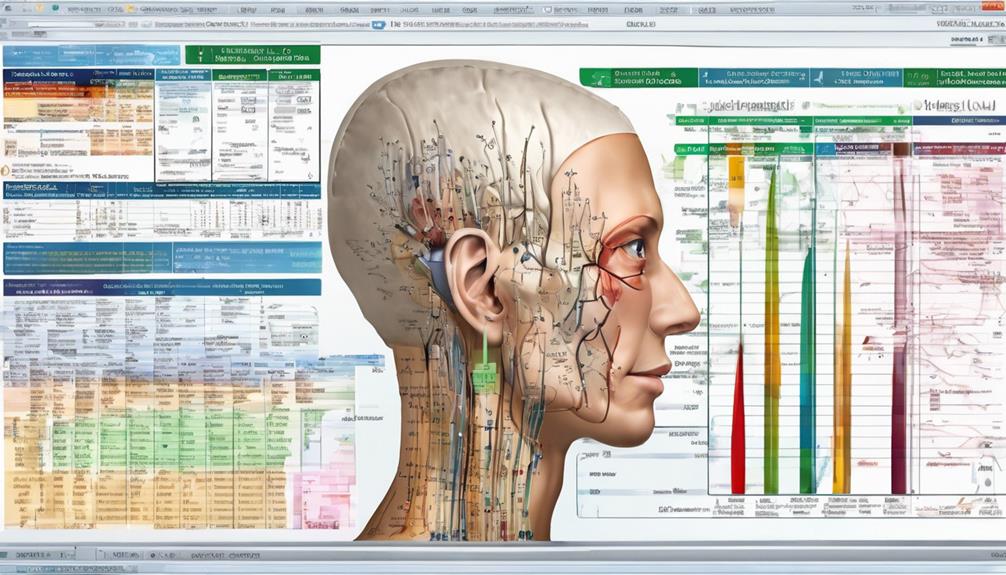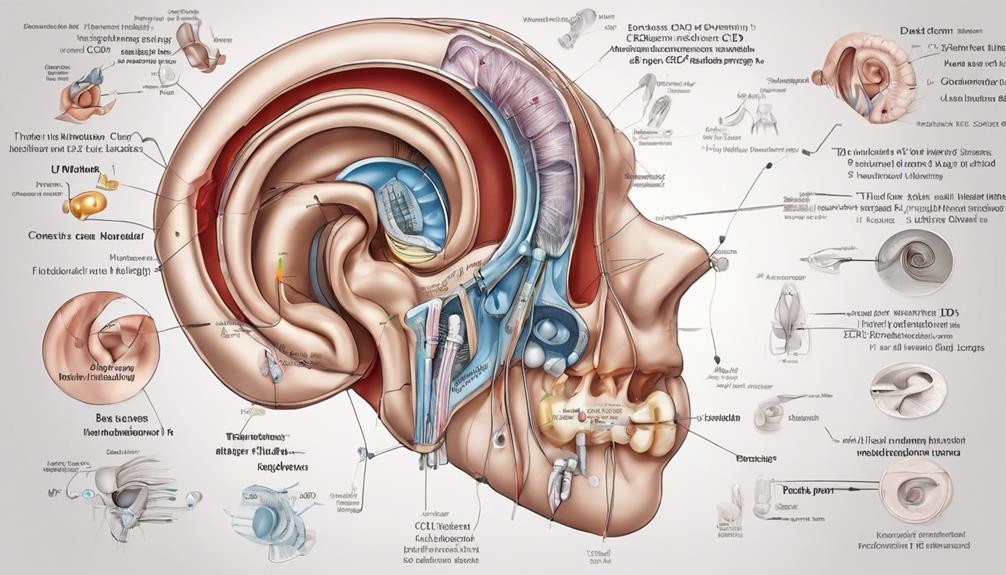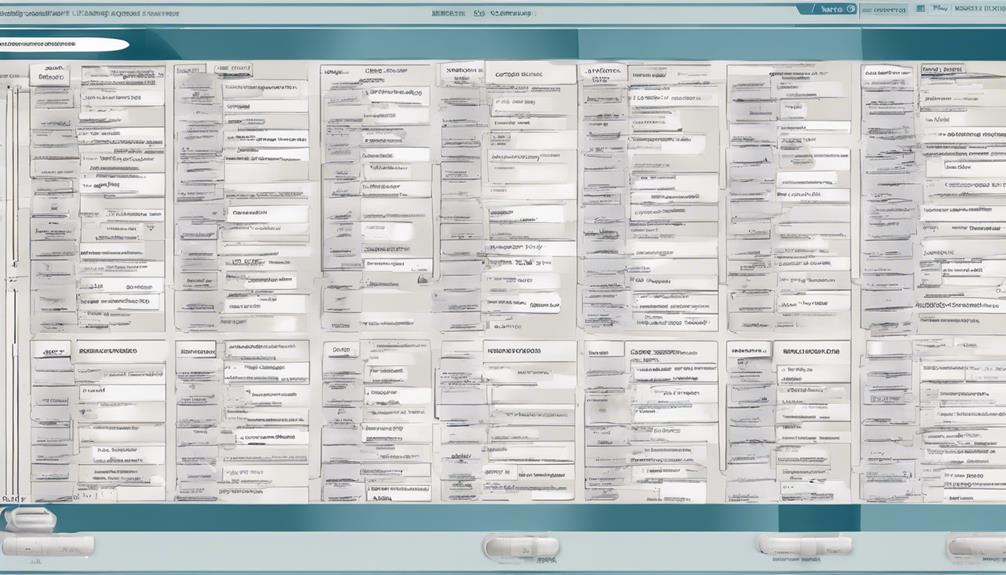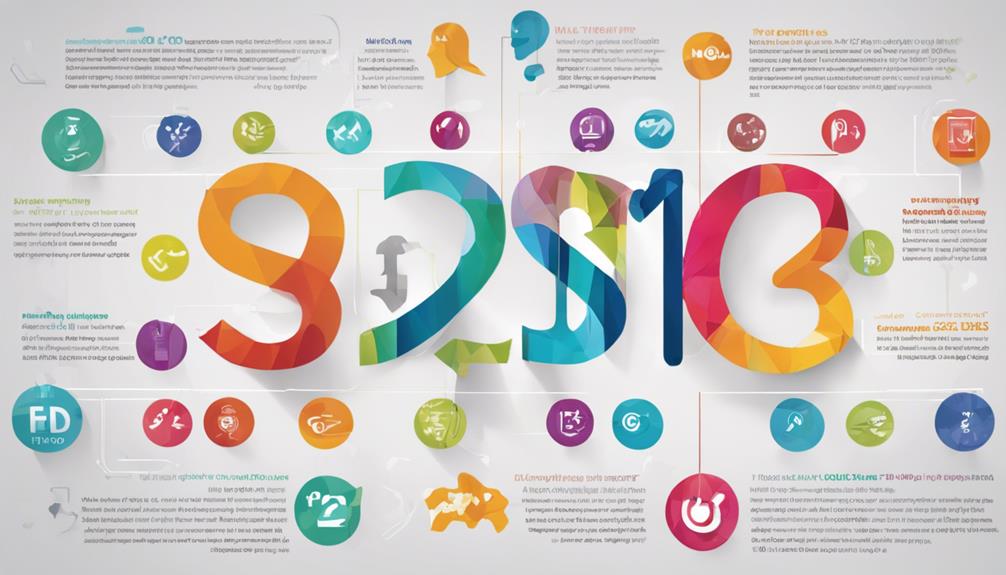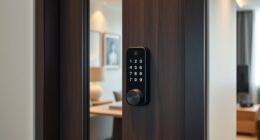Let’s cut to the chase: deciphering the ICD-10 codes for hearing loss may feel like a maze, but fear not, we’ve got all the resources you need to make sense of it.
Ever wondered how to navigate the myriad codes and classifications linked to hearing impairments with precision and ease? Stay tuned as we unravel the intricacies of these codes, shedding light on the nuances that can make all the difference in accurate diagnosis and treatment.
Curious about the key factors that can streamline your coding process and enhance patient care? Keep an eye out for insights that will revolutionize your approach to managing hearing loss effectively.
Key Takeaways
- ICD-10 codes like H90 aid in accurate diagnosis and treatment of various types of hearing loss.
- Detailed coding covers degrees of hearing loss, guiding appropriate interventions like hearing aids.
- Clear documentation of bilateral vs. unilateral cases ensures precise billing and diagnosis.
- Mastery of the coding system allows for tailored treatment planning and improved patient care.
Understanding Hearing Loss ICD Codes
Understanding Hearing Loss ICD Codes allows healthcare professionals to accurately diagnose and classify different types and origins of hearing loss using specific ICD-10 codes. Among the various codes available, H90 is particularly relevant for conductive hearing loss. This specific code enables healthcare providers to pinpoint issues related to sound transmission in the outer or middle ear.
By utilizing the ICD-10 codes, such as H90, audiologists can precisely document and communicate the nature of the patient's hearing impairment, aiding in tailored treatment strategies. Conductive hearing loss, a type of hearing impairment often caused by problems in the ear canal, eardrum, or middle ear, can be effectively identified and managed through the application of these codes.
Accurate coding not only assists in treatment planning but also plays a vital role in ensuring correct billing procedures and reimbursement for the services provided. Therefore, mastering the nuances of ICD-10 codes like H90 is fundamental for delivering quality care to individuals experiencing conductive hearing loss.
Types of Hearing Loss Covered
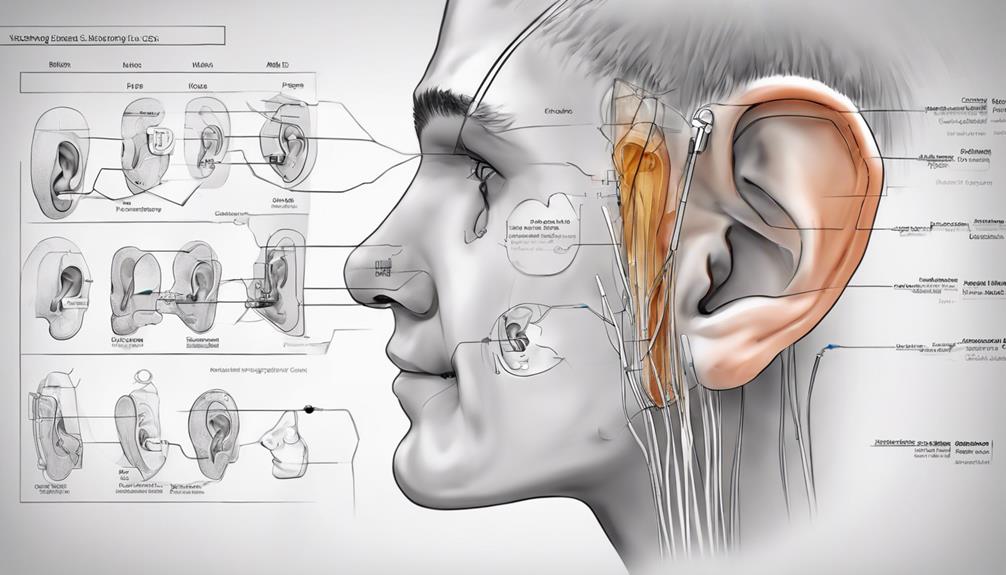
Covered within the ICD-10 codes H90 to H95 are various ear disorders, including conductive and sensorineural hearing loss. Understanding the types of hearing loss encompassed by these codes is essential for accurate diagnosis and treatment planning.
Here are four key points regarding the types of hearing loss covered by the ICD-10-CM codes:
- Conductive hearing loss: This type of hearing loss occurs when sound waves can't pass from the outer ear to the inner ear due to a blockage or damage in the middle ear.
- Sensorineural Hearing Loss: Sensorineural hearing loss results from damage to the inner ear or auditory nerve, affecting the transmission of sound signals to the brain.
- Differentiation in Subcategories: The subcategories under H90 provide a detailed classification of conductive and sensorineural hearing loss, enabling precise coding for accurate medical records.
- Comprehensive Coverage: The ICD-10-CM codes H90 to H95 encompass various types of hearing loss, ensuring a comprehensive approach to diagnosing and treating ear disorders.
Coding for Different Degrees of Hearing Loss
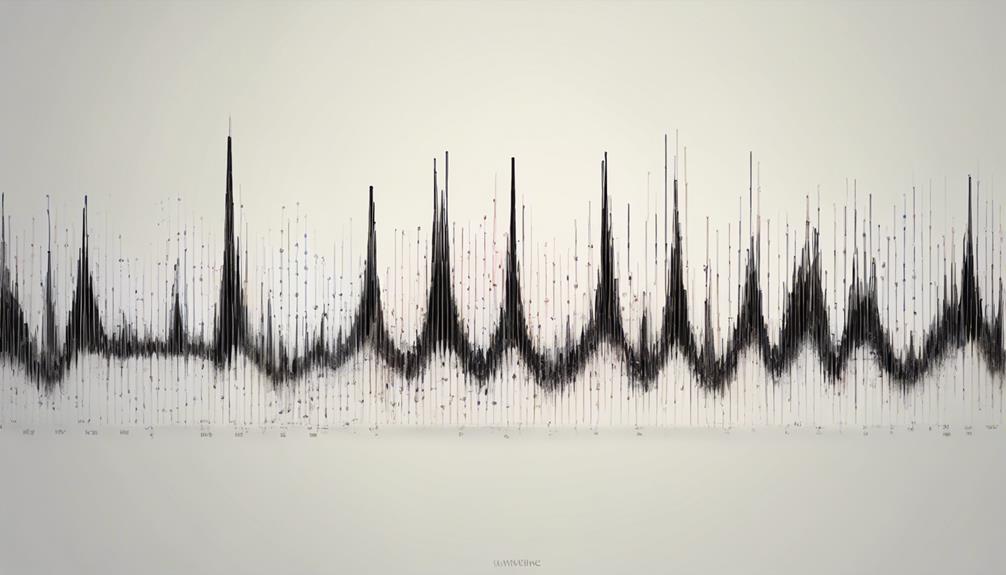
When coding for different degrees of hearing loss, it's vital to accurately document the severity to guide appropriate treatment interventions. Degrees of hearing loss, classified from mild to profound, have significant implications for patient care.
Mild hearing loss involves difficulty hearing soft sounds, while moderate loss affects conversational speech. Severe hearing loss can impact speech understanding without amplification, and profound loss may result in minimal or no perception of sound.
Proper ICD coding is crucial for capturing the exact degree of hearing loss a patient experiences. Assigning the correct ICD code ensures accurate diagnosis and treatment planning. Treatment options such as hearing aids, cochlear implants, or assistive devices are often determined based on the severity of the hearing loss.
Therefore, precise coding of degrees of hearing loss is essential for healthcare providers to deliver the most effective interventions tailored to each individual's needs.
Billing and Diagnosis Considerations

Moving from the discussion on coding for different degrees of hearing loss, our focus now shifts towards the important considerations surrounding billing and diagnosis in the context of ICD codes for hearing loss. When dealing with the medical coding and diagnosis of Hearing Loss, here are some critical points to keep in mind:
- Accurate Coding: Utilize ICD-10 codes H90.0 to H90.4 for precise billing and diagnosis of conductive and sensorineural hearing loss.
- Specificity Matters: Ensure to differentiate between bilateral and unilateral hearing loss when assigning codes to guarantee detailed documentation.
- Clinical Details: Provide clear clinical information specifying the type and laterality of hearing loss to facilitate proper coding and billing.
- Updated Reporting: Take advantage of new codes introduced in 2017 that allow for more detailed reporting of conductive and sensorineural hearing loss, enhancing accuracy in diagnosis and billing processes.
Thorough understanding and adherence to these considerations are crucial for maintaining quality reporting standards and ensuring appropriate reimbursement in audiology practices.
Navigating the Coding System

Navigating the coding system for hearing loss involves understanding the intricacies of ICD-10 codes H90-H94, which encompass various types of hearing loss and provide detailed differentiation between bilateral and unilateral cases. These codes play a crucial role in accurately documenting the type and severity of hearing loss for effective treatment planning and billing processes.
Within this coding system, specific codes like H91.2 address conditions such as sudden idiopathic hearing loss, emphasizing the importance of precise documentation. The inclusion of separate codes for bilateral and unilateral hearing loss further enhances the specificity of diagnoses, allowing healthcare providers to distinguish between different manifestations of the condition.
For instance, the new codes in ICD-10 enable differentiation between conductive hearing loss in one ear and sensorineural or mixed loss in the other, aiding in tailored treatment approaches. Understanding these nuances in the coding system is essential for healthcare professionals to ensure comprehensive care for patients with hearing impairments.
Frequently Asked Questions
What Is the ICD-10 Code for Hearing Loss?
The ICD-10 code for hearing loss varies based on the type and laterality. For example, conductive hearing loss in both ears is coded as H90.0, while unilateral sensorineural hearing loss is represented by H90.4. If the specific type of hearing loss is unspecified, the code H90.2 is used.
Bilateral sensorineural hearing loss is coded as H90.3. Accurate diagnosis and treatment planning rely on these specific ICD-10 codes for hearing loss.
What Is the ICD-10 Code for Comprehensive Hearing Test?
We use the ICD-10 code Z01.10 for comprehensive hearing tests. This code is vital for documenting routine hearing exams without any abnormal findings. It signifies a standard evaluation without specific issues identified.
Healthcare providers rely on this code to accurately bill and track comprehensive hearing evaluations. Z01.10 streamlines the process of recording routine hearing screenings, ensuring thorough documentation of these crucial assessments.
What Is the ICD-10 Code for Z46 1?
We've got you covered with the ICD-10 code Z46.1, which is utilized for fitting and adjusting cochlear implants. This code falls under the subcategory Z46, focusing on other fitting and adjustment procedures for devices.
Z46.1 specifically identifies the fitting and adjustment of cochlear implants to address hearing loss. Healthcare providers rely on Z46.1 for accurate tracking and billing related to cochlear implant services, ensuring precise documentation of the procedures performed.
What Is the ICD-10 Code for H90 A21?
We use the ICD-10 code H90 A21 to specify bilateral conductive hearing loss. This code is crucial for accurately documenting such cases in both ears.
The inclusion of A21 provides further specificity within the H90 category. Understanding and correctly applying this code is vital for the proper diagnosis and treatment of bilateral conductive hearing loss.
Conclusion
In conclusion, the ICD Code for Hearing Loss: A Comprehensive Guide offers a thorough examination of the codes, categories, and considerations related to hearing impairments.
By accurately documenting and coding for different types and degrees of hearing loss, healthcare providers can ensure proper diagnosis and treatment planning.
Like a well-tuned symphony, precise coding plays a crucial role in orchestrating effective interventions and improving outcomes for individuals with hearing loss.

